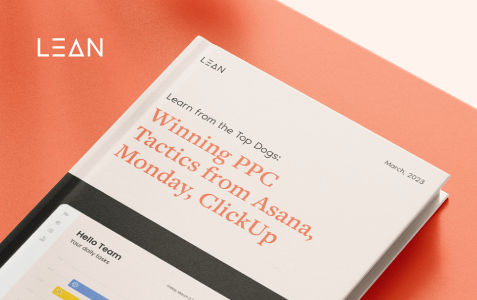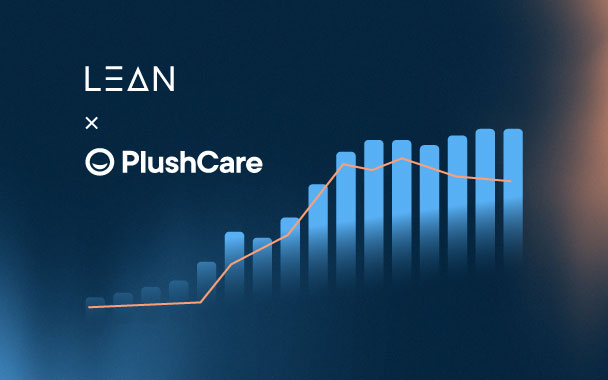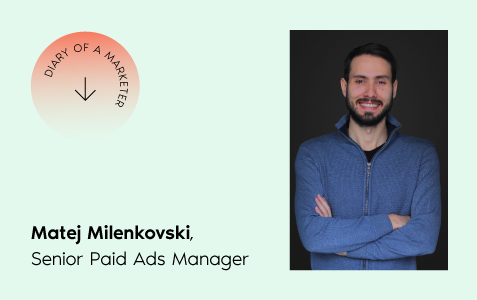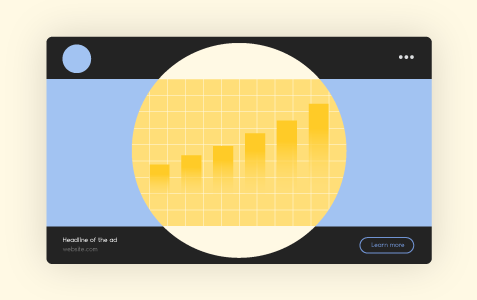If you want to learn about an industry, pay close attention to what the leaders are doing. Although it requires a lot of time and energy spent in research and analysis, the insights are priceless. You can improve your own marketing game by simply deep diving into your competitors’ PPC strategies.
And that’s exactly what we did. We took the biggest players from the Project Management industry and we performed in-depth market research & analysis.
And we didn’t stop here. We also used our battle-proven methodology to dig out the PPC opportunities and gaps for each of the brands they seemed to miss.
But how’s this research different from the ones that pop up on your LinkedIn feed? This is our own growth method that brings real results.
For the past 8 years, we have successfully managed 91 clients’ PPC accounts from a variety of industries. We have grown accounts from 10x in 1 year to 25x in 2 years. We have done countless analyses, and have developed and implemented many different creative strategies. So you might say we know a thing or two about the PPC game.
Lean research methodology
We have spent years developing our research processes for a good reason. Without proper research, there cannot be a successful PPC campaign. The pillars of our methodology are:
- The more you know the better:
research
- Better means deeper, and deeper means clearer:
research → analysis & findings
- Connecting the dots creates the key:
research → analysis & findings → insights & gaps
- The key is useless without proper action:
research → analysis & findings → insights & gaps → optimization opportunities
Each of our pillars are explained in this report. The content is divided by the types of research & analysis we performed for each of the 6 brands. Here is why we do each and what type of opportunities we are aiming to find:
Traffic analysis (Who rules the industry)
We identify the kingpin of worldwide website traffic per channel, as this can also be viewed as an indicator of the success of performance marketing brand awareness campaigns. The end goal is to get a first view of the market on a high level. These brands are our competitors. It’s the starting point from where you find out the right direction.
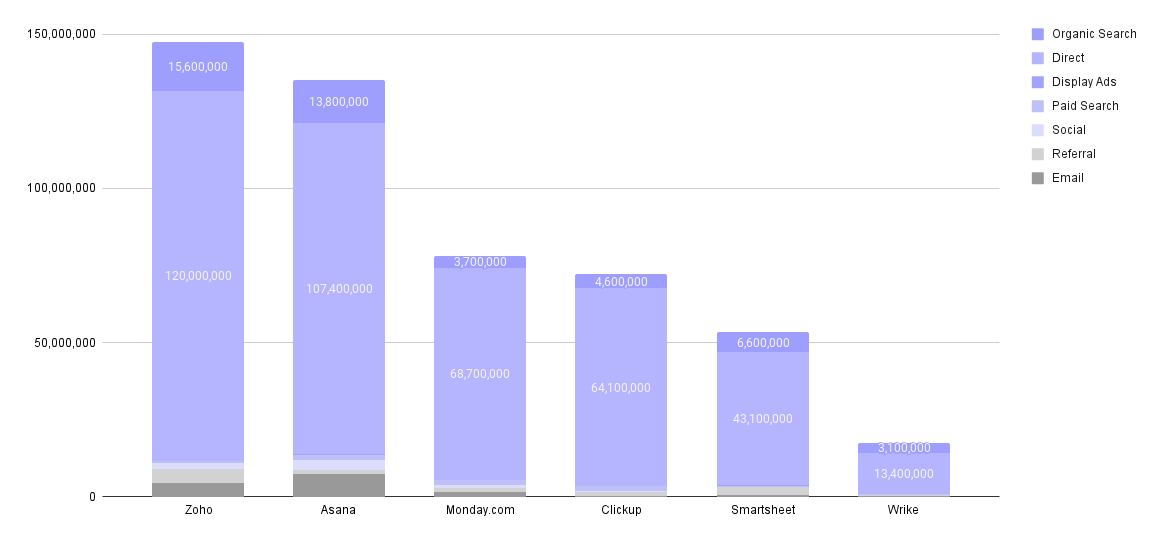
Review analysis (Who is our competition exactly)
If you want to know about a brand, ask the customers. Well, figuratively. Maybe scores alone don’t tell us anything except who is more popular, but customer reviews certainly do. They tell it all and tell it like it is. We scrape the reviews of our competitors and do a sentiment analysis. When the picture is clearer, we use the negative reviews in message development when bidding against them, and we use the positive reviews to recommend areas of improvement to our client.
Pro tip: rely on G2 for B2B, and Trustpilot for service. If the brand has reviews on multiple review sites – merge the data to figure out who the “top dogs” are and who are the “challengers”.
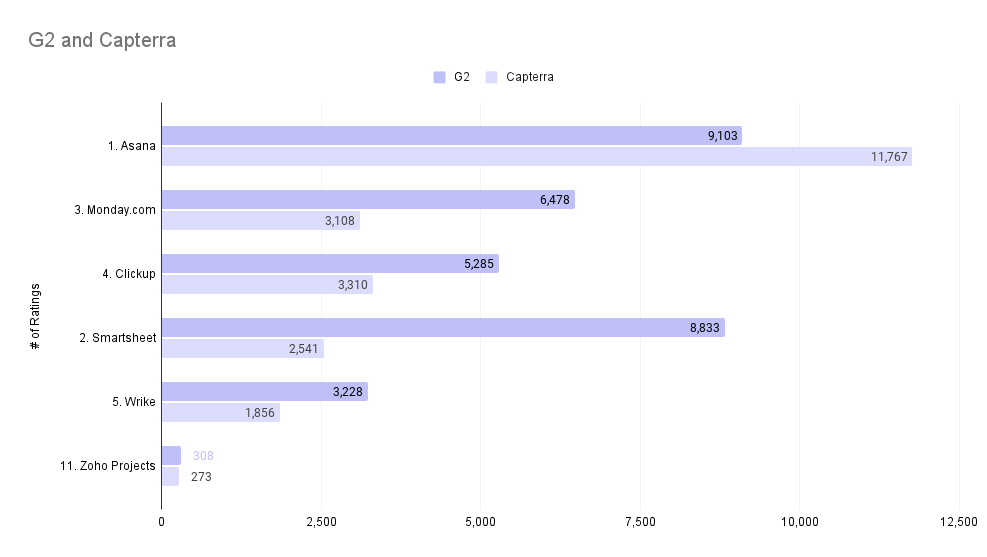
Paid Search Analysis (How to capture the audience with the right intent on Google)
Now that we have a definite list of competitors we identify high-intent industry keywords and understand where our competitors are capturing the most volume by performing a paid search analysis. This is crucial for (i) structuring campaigns and building keyword buckets, (ii) finding keyword gaps where we can be the leaders in the auction, and also (iii) this gives us an idea of where we should allocate a larger portion of the budget.
Ad concepts analysis (How to outsmart the competition on Google)
We can get the keyword & the bid right, and still have 0 clicks on our ads. Google ad copy is the key when it comes to winning ads. We analyze what competitors are communicating on certain keywords to get a sense of what searchers want to read. How? We manually scrape their headline and (again) do a theme/concept analysis. This way we also find out what competitors aren’t communicating which gives us a clear direction for developing copy that stands out from the rest and ultimately gets the most clicks.
Ad concept analysis (Creating intent for our user personas)
On LinkedIn, creating intent is necessary because the user persona whose attention we are trying to get may not already have it. With that in mind, we analyze how others create it and what they miss out on when advertising. Again we are finding gaps and creating opportunities by using these insights to improve our ad development strategy (from creative to headline to copy).
Landing page analysis (Optimizing for conversions)
The landing page is a make-or-break step in the flow. Either we get people to convert here, or they drop off, and it becomes three times harder to get them to convert later on. We took a granulated approach to find the differences, the gaps, and some inspiration.
Want to learn the secret PPC tactics that will give you an edge in the competitive world of project management? We got you covered. Download the report now, it’ll only be available for a limited time.👇
